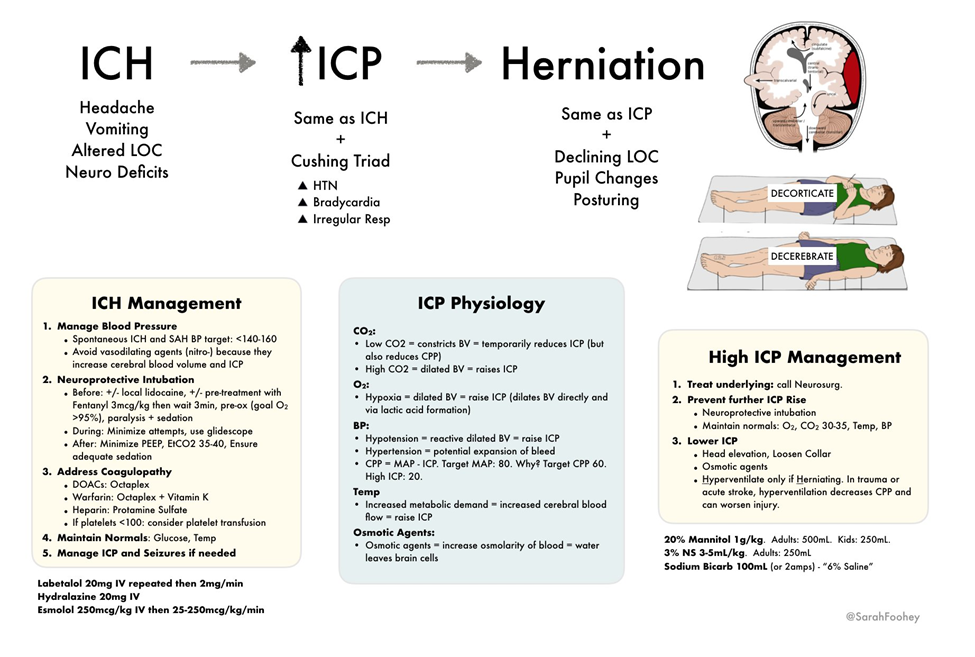A nurse is caring for a client who has multiple sclerosis and reports a tightening feeling around their torso. Which of the following conditions should the nurse recognize this finding indicates?
Lhermitte's sign
Trigeminal neuralgia
MS hug
Paroxysmal spasms
The Correct Answer is C
A. Lhermitte's sign:
Lhermitte's sign is a neurological symptom characterized by a sensation of electric shock-like pain that radiates down the spine and into the limbs, typically triggered by flexing the neck forward. It is often described as shooting or stabbing pain and is commonly associated with lesions or damage to the cervical spinal cord. Lhermitte's sign is not associated with a tightening sensation around the torso but rather with shooting pain down the spine and limbs.
B. Trigeminal neuralgia:
Trigeminal neuralgia is a neurological condition characterized by severe, shooting pain along the trigeminal nerve, which supplies sensation to the face. The pain is typically triggered by activities such as chewing, speaking, or touching the face. Trigeminal neuralgia causes sudden, intense, electric shock-like pain in the face, particularly in the areas supplied by the trigeminal nerve (e.g., cheek, jaw, forehead). It is not associated with a tightening sensation around the torso.
C. MS hug:
The "MS hug" is a symptom experienced by some individuals with multiple sclerosis, characterized by a sensation of tightness, pressure, or squeezing around the chest, abdomen, or torso. It can feel like a band tightening around the body and may be described as a constricting or girdling sensation. The MS hug is caused by spasms or tightening of the muscles surrounding the rib cage or the intercostal muscles due to damage to the nerves that control muscle function in MS.
D. Paroxysmal spasms:
Paroxysmal spasms refer to sudden, involuntary muscle contractions or spasms that occur intermittently. These spasms can affect various parts of the body and are commonly associated with conditions like multiple sclerosis. However, they typically present as brief, sudden contractions rather than a persistent tightening sensation around the torso.
Nursing Test Bank
Naxlex Comprehensive Predictor Exams
Related Questions
Correct Answer is A
Explanation
A. Difficulty initiating speech
This is a characteristic symptom of expressive aphasia. Individuals with expressive aphasia have difficulty initiating speech and may produce speech that is slow, effortful, and lacking in grammatical structure.
B. Difficulty understanding the written and spoken word
This symptom is not typically associated with expressive aphasia. Instead, difficulty understanding language, both written and spoken, is more commonly seen in receptive aphasia, also known as Wernicke's aphasia.
C. Total inability to communicate
While expressive aphasia can severely impair verbal communication, it does not result in a total inability to communicate. Individuals with expressive aphasia may still be able to communicate to some extent using nonverbal means, gestures, or writing.
D. Stuttering and spitting
Stuttering and spitting are not characteristic symptoms of expressive aphasia. Stuttering is a speech disorder characterized by interruptions in the flow of speech, while spitting is not typically associated with aphasia.
Correct Answer is C
Explanation
A. Instruct the client to perform controlled coughing and deep breathing.
This intervention is not appropriate for a client with increased intracranial pressure. Controlled coughing and deep breathing can increase intrathoracic pressure, which can in turn increase intracranial pressure. Therefore, this intervention should be avoided in clients with increased ICP.
B. Provide a brightly lit environment.
This intervention is not appropriate for a client with increased intracranial pressure. Bright lights can stimulate the reticular activating system and increase arousal, potentially exacerbating cerebral metabolic demand and intracranial pressure. Therefore, it is recommended to provide a calm, quiet environment with subdued lighting for clients with increased ICP.
C. Elevate the head of the bed 30°.
This intervention is correct. Elevating the head of the bed to 30 degrees promotes venous drainage from the head and reduces intracranial pressure. It helps prevent venous congestion in the brain and improves cerebral perfusion. This position is commonly used in clients with increased intracranial pressure to optimize cerebral blood flow.
D. Encourage a minimum intake of 2,000 mL/day of clear fluids.
This intervention is not appropriate for a client with increased intracranial pressure. While maintaining hydration is important for overall health, excessive fluid intake can increase intracranial pressure by increasing cerebral blood volume and cerebrospinal fluid production. Therefore, fluid intake should be carefully monitored and adjusted based on the client's condition and fluid balance.

Whether you are a student looking to ace your exams or a practicing nurse seeking to enhance your expertise , our nursing education contents will empower you with the confidence and competence to make a difference in the lives of patients and become a respected leader in the healthcare field.
Visit Naxlex, invest in your future and unlock endless possibilities with our unparalleled nursing education contents today
Report Wrong Answer on the Current Question
Do you disagree with the answer? If yes, what is your expected answer? Explain.
Kindly be descriptive with the issue you are facing.
